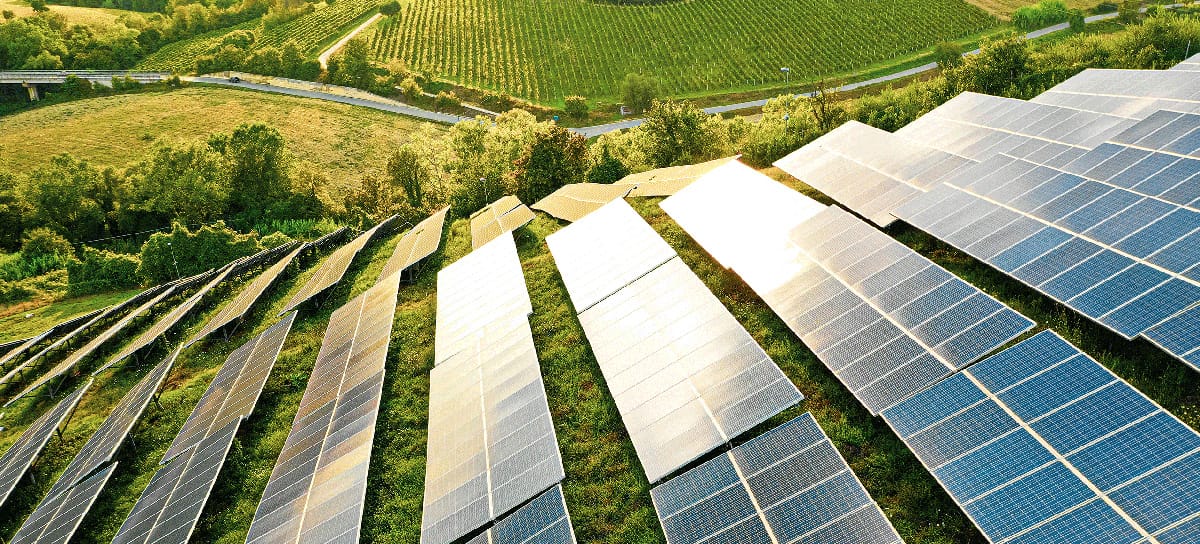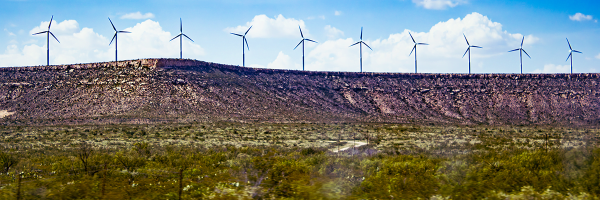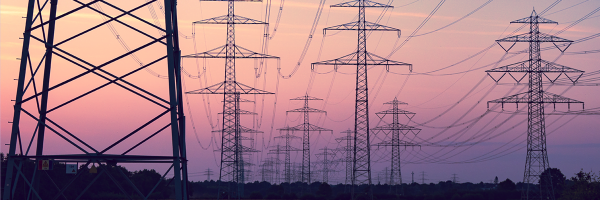At Rhythm, we’re proud to be 100% renewable energy plans in Texas. Being a positive force to stop climate change is part of our DNA. And doing so begins with what energy sources are fed into the electricity grid. We’re going to walk you through what going green means for the electric grid, and why we believe a strong, diverse grid is the best path to combat climate change.
Weather is not climate, but the erratic weather patterns and superstorms we are seeing are being made more severe and more frequent by climate change. The electric grid is very susceptible to unexpected weather, so let’s talk about what we can do, and why the growth of renewable energy sources is necessary to help solve our energy grid infrastructure woes during these extreme weather events.
There are several types of electricity generation, but we are going to focus on two main categories: baseload and peaking generation. Baseload is the generation that runs nearly all the time and supports the day-to-day hustle and bustle of our great state. Peaking generation is what turns on when the weather gets hot or cold and we start running our HVAC units and hiding from the elements inside our homes.
Traditionally, we have used high-emission generators for both baseload and peaking generation—that’s why 30% of the U.S. grid still relies on coal. When renewable energy sources like wind energy and solar energy came on the scene, it was a game-changer for baseload, because we can now harness the very weather that can cause strife too, instead, support the grid system. Wind and solar generators produce virtually no emissions once built and are very inexpensive generators to run since we don’t pay for the fuel source.
But what happens when it’s cloudy or when the wind isn’t blowing?
Wind energy and solar energy have very low ongoing costs to generate power but they are—in industry terms—intermittent resources. Meaning they don’t generate power when the sun isn’t shining, or the wind isn’t blowing.
To account for that, wind production and solar output are forecasted with rigor. This gives us the ability to gauge exactly how much generation can be expected from those generators at a particular time. This is not an easy task, but energy experts already must be astute in understanding weather to know how much electricity the grid is going to use. Solar power is a great example because cooling homes tend to happen when the sun is beaming. It’s a great resource that has endless opportunities to shine in the Lone Star State.
If we can cover most of our baseload through renewable energy generation, then our natural gas generators (which are lower emission than coal, but still “brown”) become an important tool for reliability that we can make sure are ready to go when the weather gets unbearably hot or cold.
We already have a ton of natural gas generators that could all be used in this capacity. By keeping liquid natural gas reserves in stock, we can ensure that when it gets way too hot or cold, our natural gas plant fleet is ready to spring into action and deliver the additional energy generation necessary to keep our homes comfortable.
The future of the electric grid is lower emission and more reliability. The path to get there is more renewable resources on the grid, especially solar, with natural-gas reserves ready on site for any emergencies. Grid diversity—led by renewable resources—can make an immediate, positive impact on our planet. Our 100% renewable energy plans support the growth of wind and solar in Texas and the nation.



